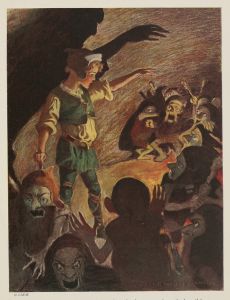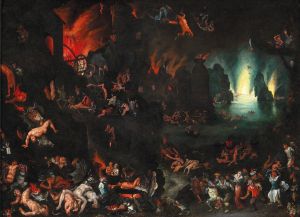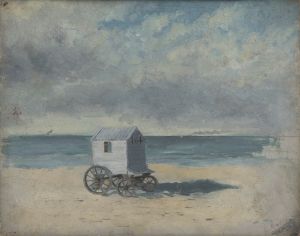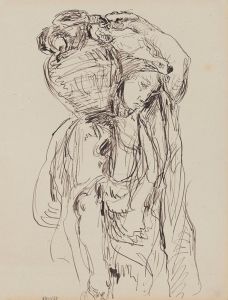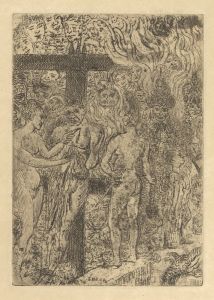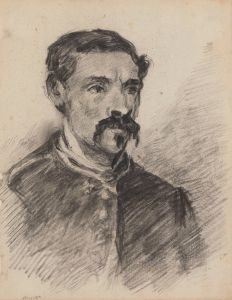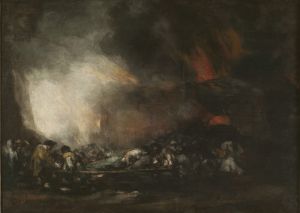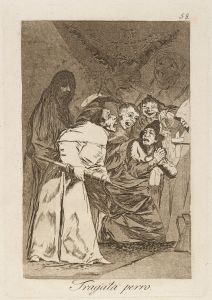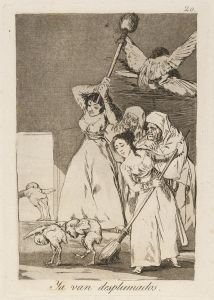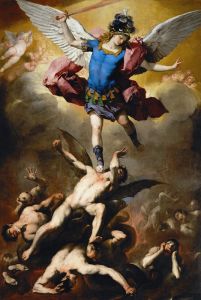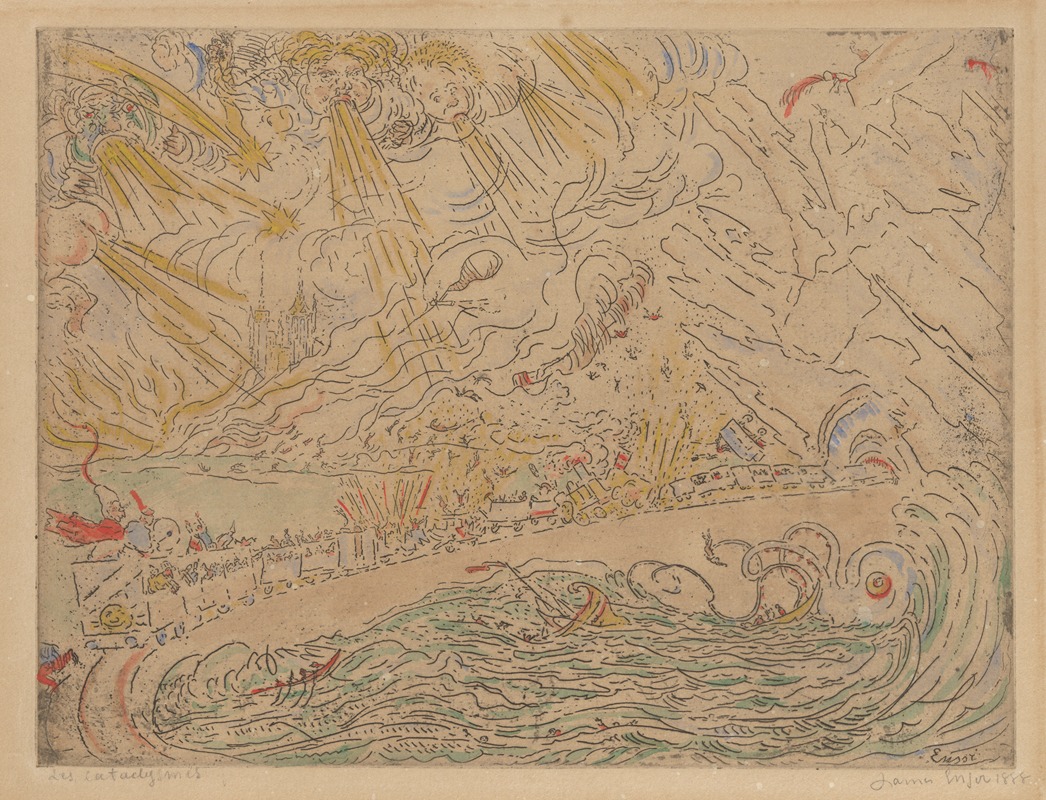
De cataclysmen
A hand-painted replica of James Ensor’s masterpiece De cataclysmen, meticulously crafted by professional artists to capture the true essence of the original. Each piece is created with museum-quality canvas and rare mineral pigments, carefully painted by experienced artists with delicate brushstrokes and rich, layered colors to perfectly recreate the texture of the original artwork. Unlike machine-printed reproductions, this hand-painted version brings the painting to life, infused with the artist’s emotions and skill in every stroke. Whether for personal collection or home decoration, it instantly elevates the artistic atmosphere of any space.
"De cataclysmen" (The Cataclysms) is a painting by the Belgian artist James Ensor, created in 1889. Ensor, born in 1860 in Ostend, Belgium, was a prominent figure in the Symbolist movement and is often associated with the avant-garde group Les XX (The Twenty). His work is known for its satirical and often macabre themes, as well as its vibrant use of color and complex compositions.
"De cataclysmen" is a striking example of Ensor's unique style and thematic preoccupations. The painting depicts a chaotic and apocalyptic scene, filled with tumultuous energy and a sense of impending doom. Ensor's use of vivid, almost garish colors, and his intricate, swirling brushwork contribute to the overall feeling of disorder and catastrophe.
The composition of "De cataclysmen" is dense and filled with a multitude of figures and elements, each contributing to the overall sense of chaos. Ensor often included fantastical and grotesque imagery in his work, and this painting is no exception. The figures in the painting are distorted and exaggerated, adding to the nightmarish quality of the scene. The painting reflects Ensor's fascination with themes of death, destruction, and the grotesque, which were common in his oeuvre.
Ensor's work was often controversial and not always well-received by his contemporaries. His bold use of color and unconventional subject matter set him apart from many of his peers. However, his influence on later artists, particularly those associated with Expressionism and Surrealism, is widely acknowledged. "De cataclysmen" exemplifies the qualities that made Ensor a significant figure in the development of modern art.
The painting is housed in the Royal Museum of Fine Arts in Antwerp, Belgium, which holds a significant collection of Ensor's works. The museum's collection provides a comprehensive overview of Ensor's artistic development and his contributions to the art world.
James Ensor continued to paint and exhibit his work until his death in 1949. His legacy is celebrated for its originality and its impact on the trajectory of modern art. "De cataclysmen" remains an important piece within his body of work, showcasing his ability to convey complex and often unsettling themes through his distinctive artistic style.





